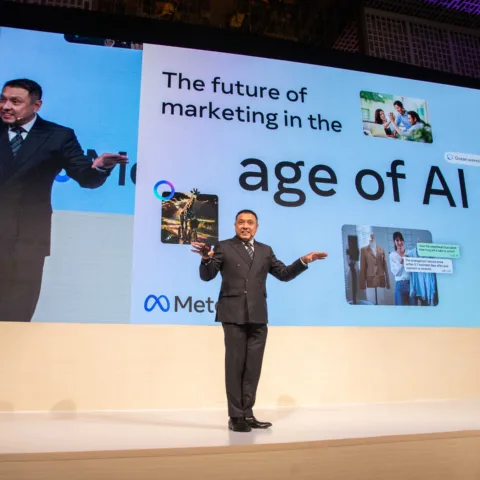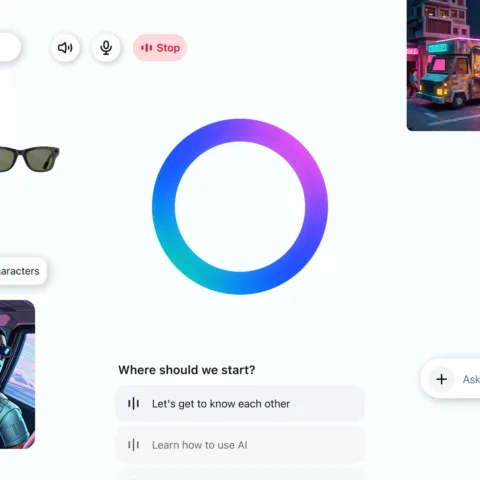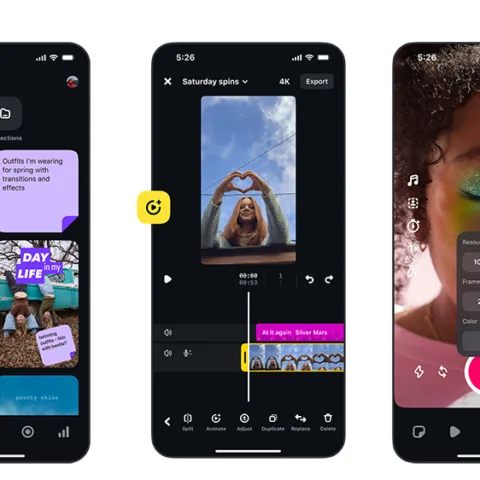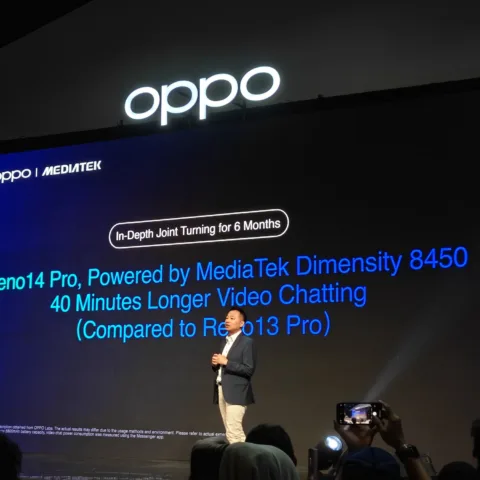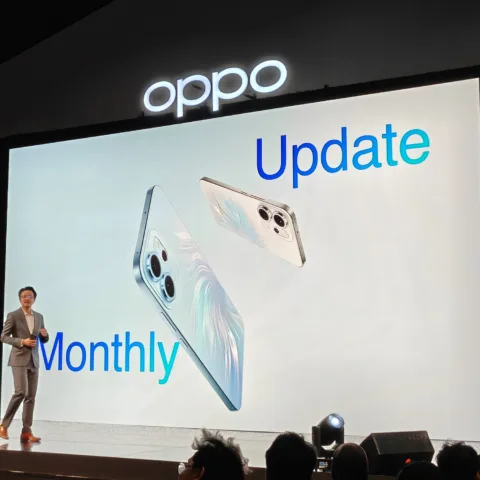 I spent half the day last Friday working from Yahoo’s Jakarta office and they showed me a very early mockup of what the iPhone app for Koprol is going to look like. At this stage there’s really no point in showing you what it looks like as the interface is still being worked on and there’s a good chance that the released product will look quite different. The reason for this post isn’t so much about leaking photos of the app as it is about understanding what your audience would do with the app.
I spent half the day last Friday working from Yahoo’s Jakarta office and they showed me a very early mockup of what the iPhone app for Koprol is going to look like. At this stage there’s really no point in showing you what it looks like as the interface is still being worked on and there’s a good chance that the released product will look quite different. The reason for this post isn’t so much about leaking photos of the app as it is about understanding what your audience would do with the app.
Upon seeing the mockups, it occurred to me that there are so many things that a social site can offer that it’s entirely possible to have a number of different apps serving that single site. Take Facebook for example. TechCrunch revealed the other day that Facebook is working on a photo sharing app that may or may not be separate from its current mobile app. Facebook doesn’t need to release a separate app but apparently photo sharing seems to be the next hot app category on the internet so it’s something they’re likely to consider.
Alright, photo sharing is far from new and on the Internet there’s countless of sites offering this kind of service so why now? Because everything about the Internet is now mobile. Back when Flickr went live for the first time, nobody shared photos on the go. Everyone had to transfer photos from their cameras to their computers and upload them once they’re online. Today, people share photos from mobile phones seconds after they take them.
Mobile devices are taking over from traditional computers as the primary terminal by which people connect to the world. They are much more affordable, accessible, simpler, smaller, and they’re able to perform the majority of activities that people use the internet for; Sending and receiving emails, going through websites, completing transactions, shooting, editing, and sharing photos and videos, chatting through all the different means possible, and so on.
Because of this, developers and companies should begin to think about enabling a mobile interface for more than just the essential activities that the service provides. Banks for example would do well to offer banking facilities through SMS or if they want to offer a more pleasant customer experience, a mobile app with a friendly interface.
Just as I was writing this, GigaOm came out with a story based on a research by Flurry on how mobile app usage in the United States has surpassed mobile web. Time spent using mobile websites actually rose from 64 minutes per day in June 2010 to 74 minutes 12 months later, that’s a 9% increase year over year. Usage of mobile apps however, rose from 43 minutes to 81 minutes over the same period, nearly doubling the amount.
The top most used app category is games with 47% of time spent, followed by social networking at 32%. The rest of the categories such as news and entertainment didn’t even make double digits. This discovery tells me that people’s preference for mobile apps is increasing but I’d like to find out the numbers if you take out games from the equation because mobile gaming is not something that websites can compete with right now.
When you look at all the activities that people do online, there’s one thing you’ll notice that defines people’s online behavior and that is sharing. Sharing is how social sites like Facebook, Twitter, Flickr, and Instagram became highly popular. People share opinion, activities, locations, photos, websites, and stories.
When you’re building an app or a service that claims to be social, pay attention to their behaviors and decide which would be the most essential or popular activities and design your app around that. It’s important to get this right the first time or you’ll end up like Color, a $41 million startup that after three months still can’t even get people to use its app because the people behind it failed to recognize user behavior. It may aspire to compete with Google but for now it’s back to the drawing boards. Instagram got it right and now has five million users sharing nearly 100 million photos.
About Koprol’s upcoming iPhone app, let me tell you this though, parts of Foursquare’s latest update to its iPhone app which was released just a couple of days ago focus on the same things as Koprol’s early mockup. Photo sharing in Koprol is a given but its users are also very conversational while Foursquare’s are not. This would set the difference between the two services.
illustration by @pinot

